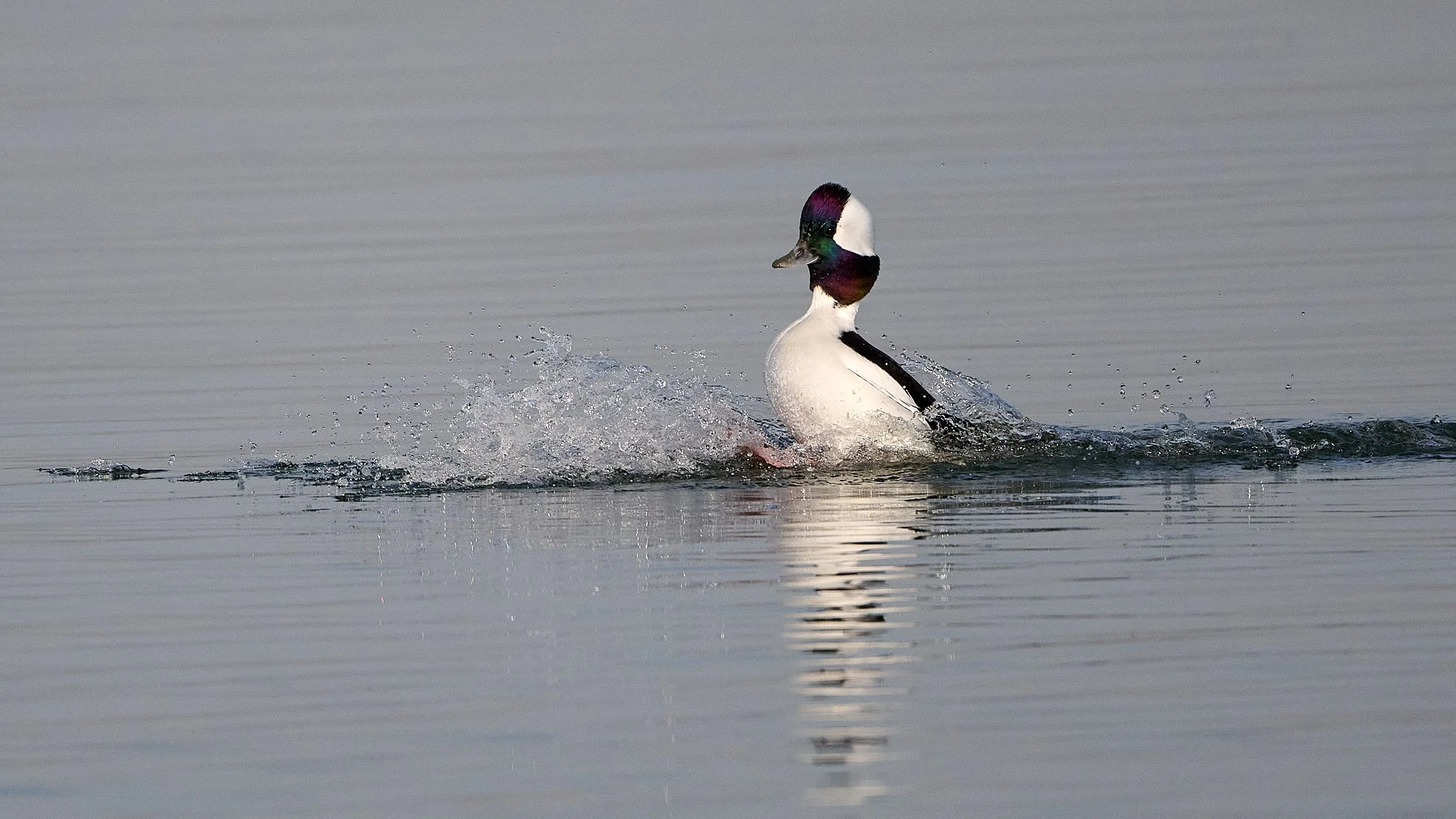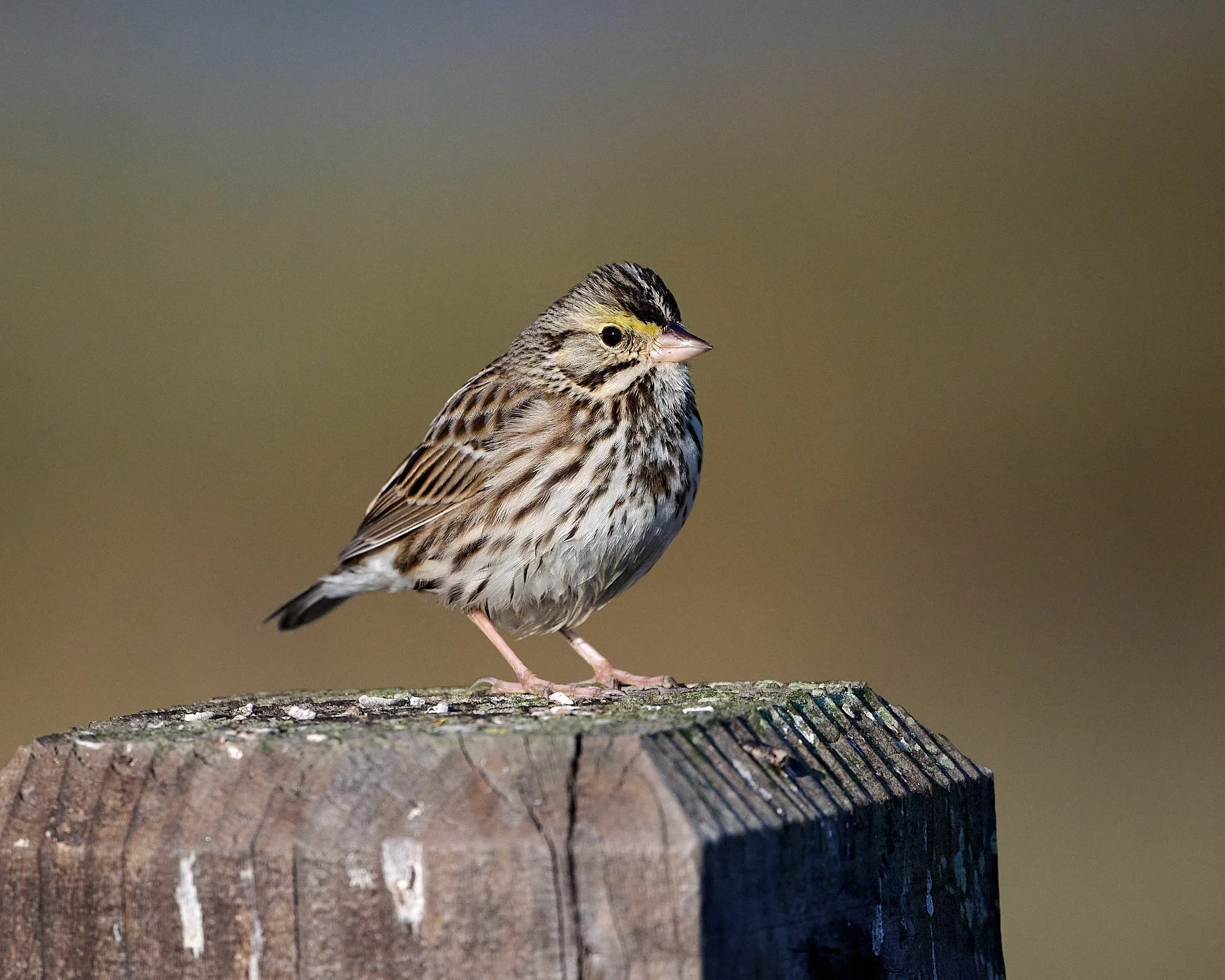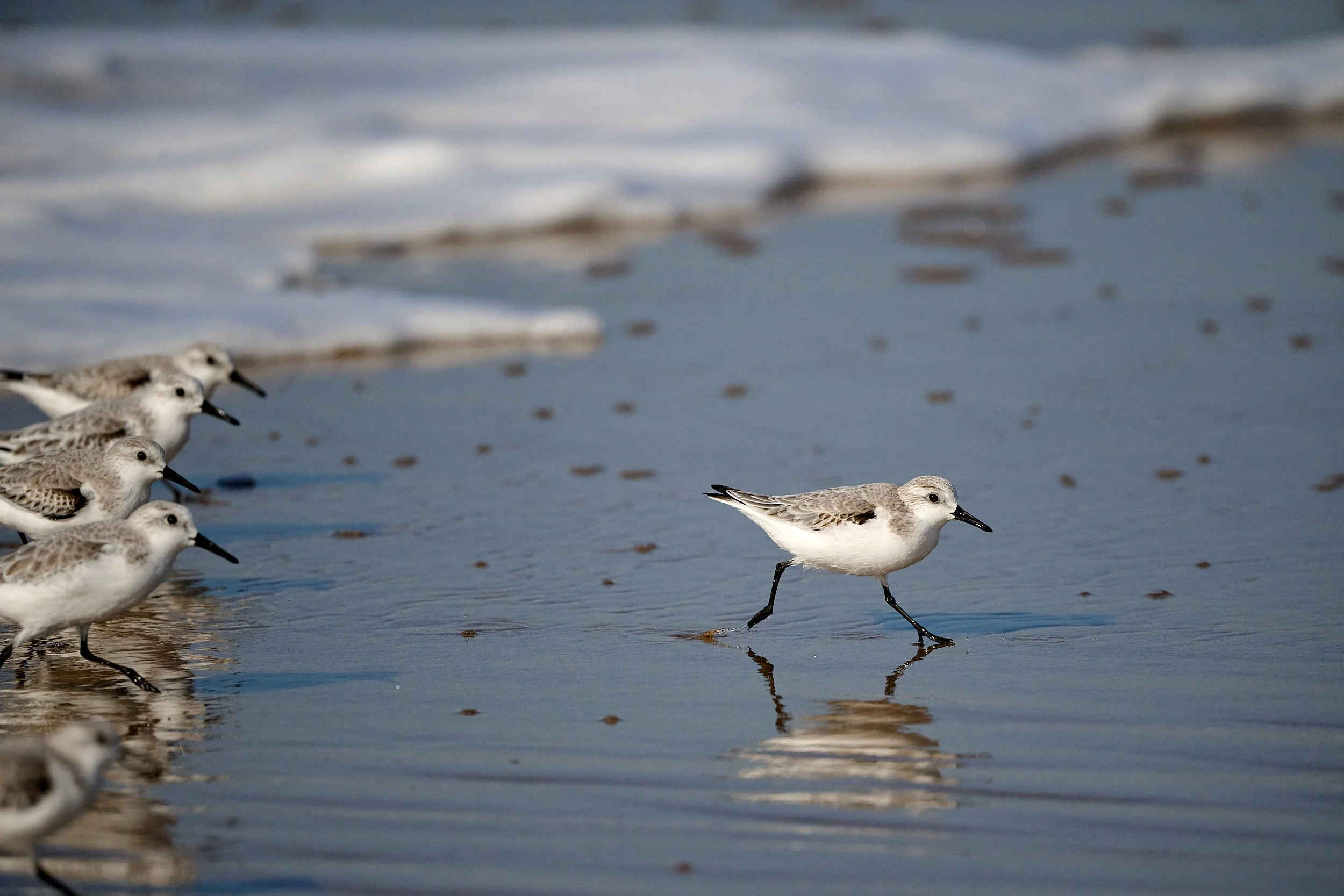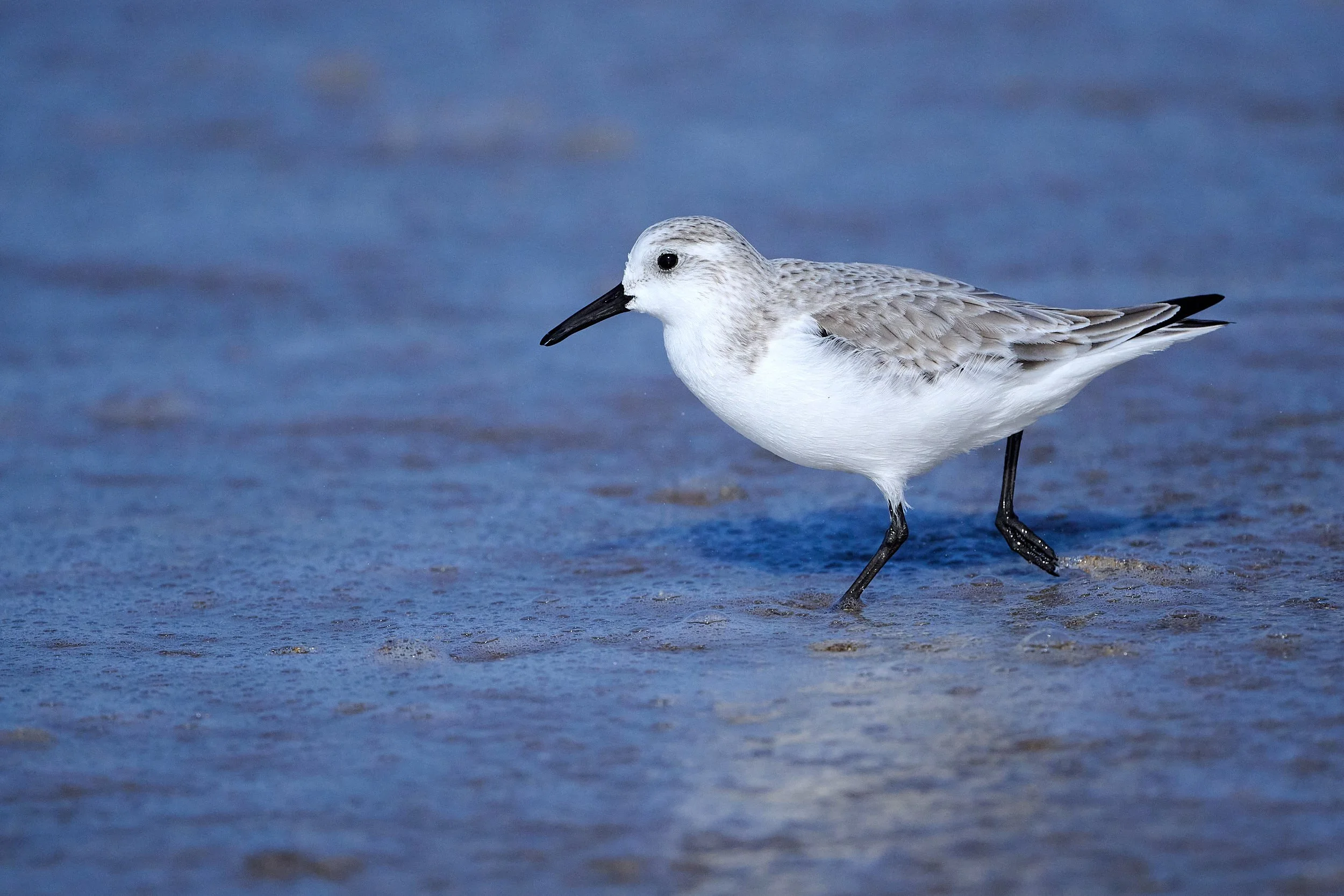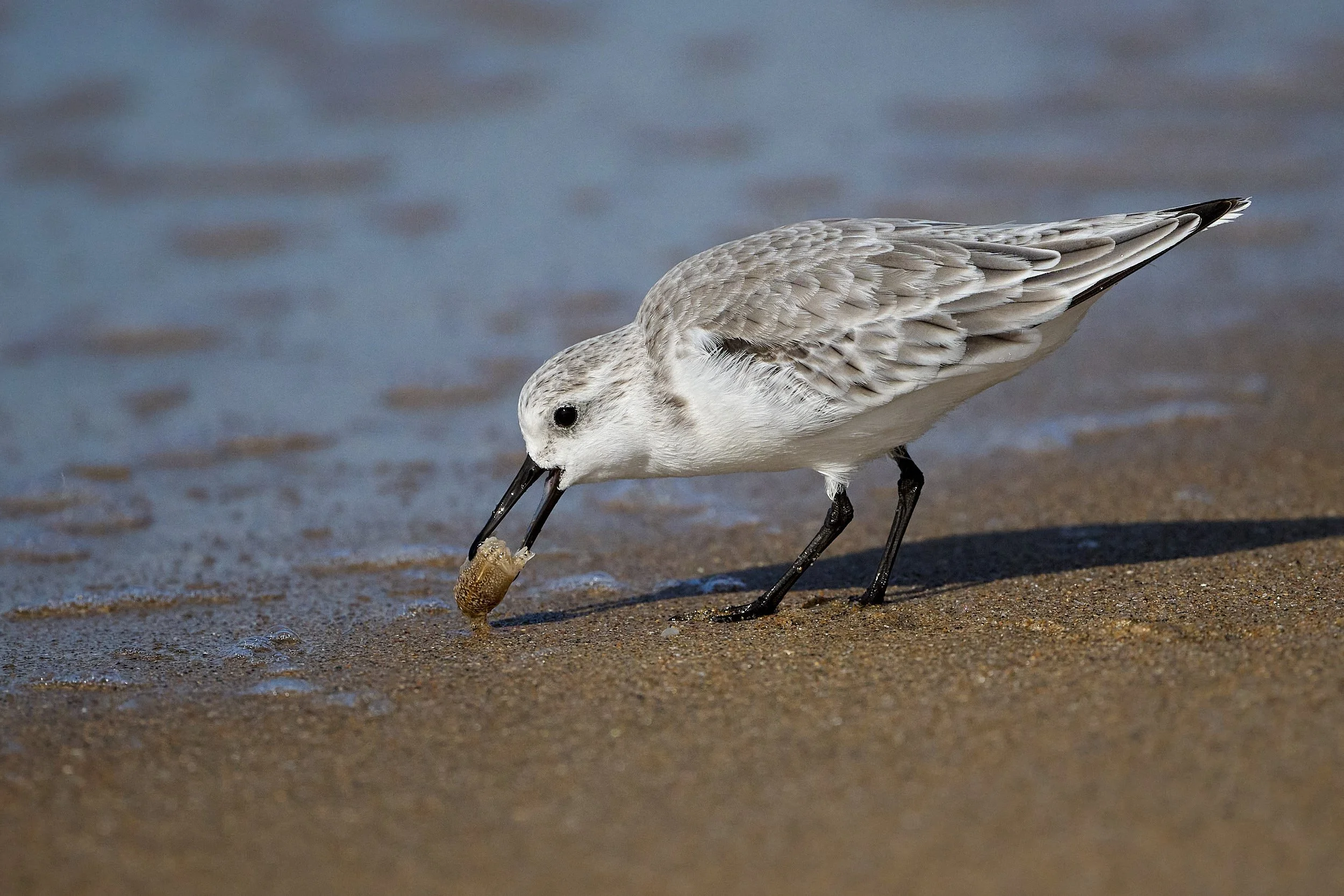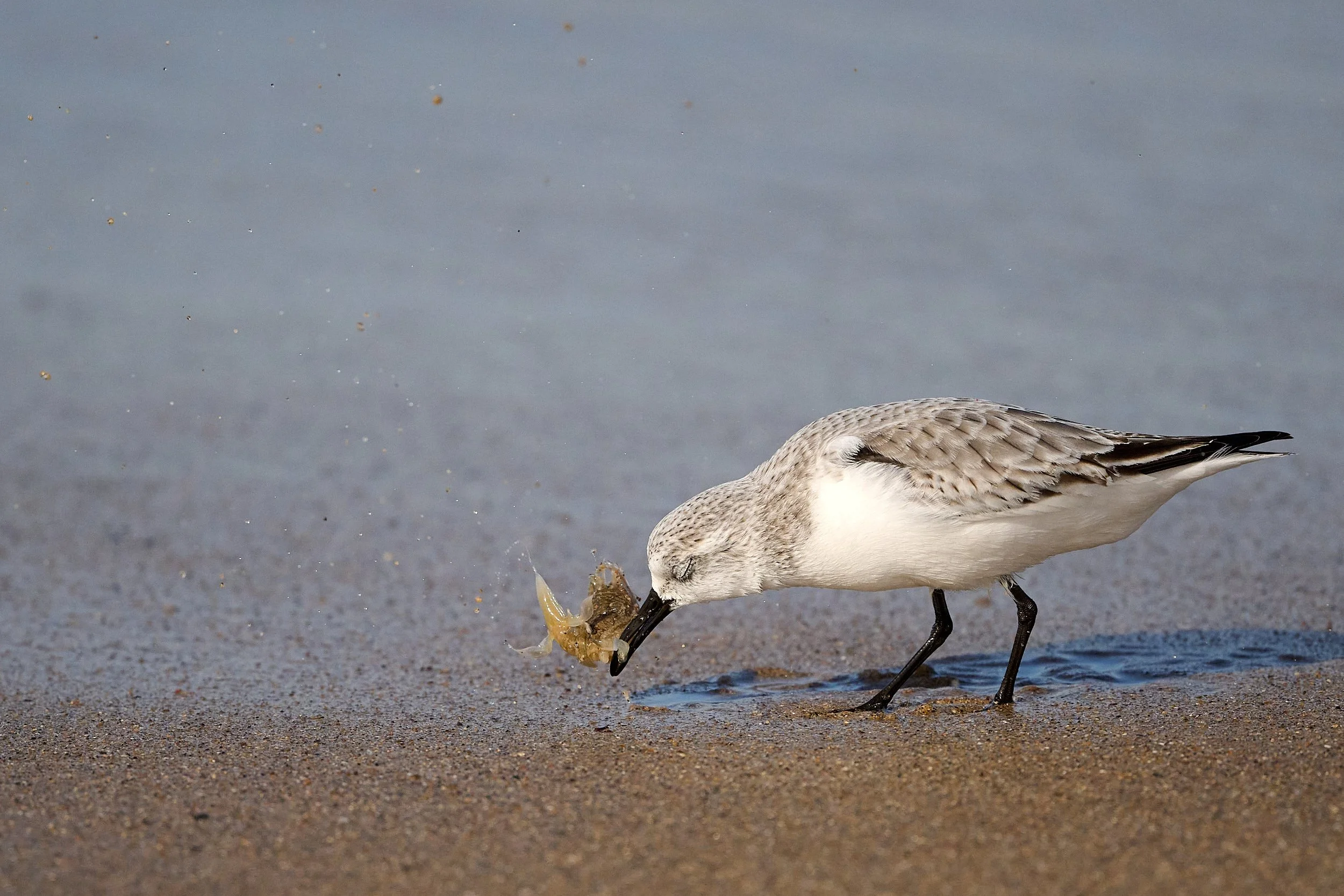Winter Visitors….. Ho, Ho, Ho: December, 2024
Long-billed Curlew
Fun at the beach
Observing a few avian migrants along California’s shorelines during the Festive Season.
Christmas Cards
I write and receive them.
To and from
old and aging friends
sharing the highpoints
of another expired year.
Photos with smiles
and sun-bright beaches.
Visits from offspring.
Grandchildren
hugging the family dog.
Travels finally taken.
Am I interested in traversing
the single-spaced slopes
of last year’s pinnacles
line by line? Out of respect
for time’s passing
and knowing
what a miracle it is
to be here at all,
I hang on every word.
John Kooistra.
Bufflehead, male. Splash landing.
Bufflehead
The Bufflehead, confined as a breeder to the boreal forest and aspen parkland of North America, is our smallest diving duck. Its small size has probably evolved with its habit of nesting in the holes of the Northern Flicker, an abundant resource too small to accommodate other, larger cavity-nesting ducks.
Bufflehead breeding habitat is dominated by ponds and small lakes, where the birds dive for insect larvae and amphipods. In winter, this is primarily a coastal, salt-water duck, feeding on crustaceans and mollusks in shallow water bays and inlets. Almost exclusively monogamous, this is one of the few ducks that often keeps the same mate for several years. Females are also faithful to their natal and breeding areas, often reusing the same nest site year after year.
Although Buffleheads are not prized among sport hunters, shooting is a significant factor in their mortality. They are nevertheless among the few species of ducks whose numbers have increased markedly since the mid-1950s.
Bufflehead, female
Bufflehead, male
Savannah Sparrow
This species was named by Alexander Wilson for the town in Georgia. The Savannah Sparrow is widespread and abundant in open habitats such as agricultural fields, meadows, marshes, coastal grasslands, and tundra. Annual mortality of adults is about 50%. Insects and other arthropods are its main prey in summer; in winter and on migration its diet shifts to small seeds found on the ground. Adults tend to reoccupy the same breeding site and commonly return to their natal site. Such strong philopatry has resulted in reproductive isolation and substantial geographic variation; 17 subspecies are currently recognized.
Most populations are migratory, although there are resident populations in coastal California. Savannah Sparrows generally migrate at night. They possess magnetic, stellar, and solar compasses. The setting sun (including patterns of polarized light) is a critical source of day-to-day directional information in both spring and fall migrations. Stars may be used as celestial reference points, with the directional information assessed from the sun being transferred to stars on a nightly basis. Solar and stellar cues are apparently used hierarchically, and visual experience with either cue is sufficient to calibrate the magnetic compass in young birds. Migrants do not use a lunar compass to select a migratory direction, although they do orient using the moon if they view the setting sun earlier that evening.
Savannah Sparrow warming itself in morning sun. Note the wet belly feathers.
Barrow’s Golden-eye, female
Barrow’s Golden-eye
Although first described from a resident population in Iceland, Barrow's Goldeneye is chiefly a bird of the western montane region of North America.
Named for John Barrow (1764-1848) of the British Admiralty in recognition of his support of arctic exploration, Barrow's Goldeneye breeds on interior fresh-water lakes and ponds. It typically spends fall and winter on salt water or estuaries along the coast, although it is an uncommon visitor to San Francisco Bay.
Adults and juveniles feed predominantly on aquatic insects during the breeding season, and marine mollusks and fish eggs in winter.
Barrow's Goldeneye is a cavity-nesting duck that will aggressively defend its breeding site. Complex social interactions occur among females, including frequent conspecific brood parasitism and posthatch brood amalgamation (crèching behavior).
Snowy Plover juvenile resting in the shelter of a shallow depression - a footprint left by an early morning beachcomber. Juveniles have pale fringes to the feathers on the upperparts, including on the crown.
Snowy Plover
The Snowy Plover is a ground nesting bird found primarily on unvegetated to sparsely vegetated coastal beaches and shores of inland alkaline lakes. It occurs year-round on the California coast. An estimated 18,000 Snowy Plovers breed in North America, where U.S. Pacific and Gulf Coast populations are imperiled by degradation of their habitat from development, human recreation and invasive species. The Pacific Coast population has been studied closely since 1995 and is listed as threatened.
Adorned with bright colors for the holidays.
Although Snowy Plovers frequently lose their nests to predators, people, or weather, they renest rapidly and readily. The species employs an unusual facultative polygamous breeding system in which many females in some populations, and less frequently males, desert first broods soon after hatching to re-nest with new mates, sometimes hundreds of miles from their first nests.
In California, the birds primarily eat invertebrates: including beetles, flies, insect larvae, and inter-tidal creatures such as Pacific sand crabs and polychaetes. Snowy Plover abundance was positively correlated with the mean cover of kelp, which harbors a rich menu of plover prey.
Sanderlings are the busiest bodies on the beach. Always on the run.
Sanderling
The Sanderling is most commonly associated with sandy coastal beaches, which it occupies in winter and while on migration. When foraging on sandy beaches, Sanderlings move quickly, running ahead of incoming waves and chasing after receding ones, probing the sand for food.
Sometimes, the situation can get hectic……
And you have to escape to higher ground.
But you have to get back before the next wave!
Although its numbers are generally small locally, the Sanderling is a cosmopolitan bird during the non-breeding season. It may be found on almost any sandy beach, anywhere on the planet! During the nesting season, this bird occupies very different habitat: high-arctic tundra. Its breeding range is circumpolar, with highest numbers in the Canadian Arctic archipelago, Greenland, and high-arctic Siberia.
Sanderlings nest on the ground. The nest, a shallow scrape sparsely lined with leaves, typically contains 4 eggs.
Sanderlings usually forage together.
Dinner time!
In California, in fall and early winter, Sanderlings forage on beaches mainly during tide heights >3 feet. As tide recedes, they switch to nearby protected sandflats, thereby optimizing foraging time and maximizing energy-intake rate.
Sanderlings feed by picking and probing. On beaches, they run along tide line and, as a wave comes in, run up on the beach, just ahead of incoming wave, then run after receding wave, picking up crustaceans and mollusks stranded from outgoing water. They often probe and dig with their bills in wet sand and mud. While running, birds will skim food from shallow pools by dipping their bills into the water.
In California, during migration and in winter, main prey are sandy beach invertebrates, especially crustaceans such as Pacific sand crabs. These crabs live under the surface of the sand, moving up and down the beach according to the state of the tide. As each wave advances and retreats, they come to the surface and extends their antennae to feed on plankton. This makes the crabs vulnerable to predatory birds such as the Sanderling. The sand crab retreats under the sand surface as each wave goes out, maximizing its chance of being out of reach of the bird's beak. The bird maximizes its chance of feeding on sand crabs by scurrying at the edge of the surf.
Here is a juicy sand crab, (also called mole crab).
We usually clean the dinner in the surf.
Sometimes, if the size is right, it can be swallowed whole.
Other times, when the crab is really big, we have to try something different.
Have to smack the crab around a little, to soften it up.
Then we can eat a little bit at a time.
Long-billed Curlew
The Long-billed Curlew is North America’s largest shorebird and is endemic to the Great Plains.
The scientific name Numenius refers to the long, curved bill – reminiscent of a new crescent moon. The bill is superbly adapted for capturing shrimp and crabs living in deep burrows on tidal mudflats, or burrowing earthworms in pastures.
The species winters in coastal and inland wetland habitats primarily in California, Texas, and Louisiana.
It breeds during the spring and summer in short and mixed grassland habitats throughout mid-western and western USA. Both sexes incubate, and are aggressive in defense of nests and young. The female typically abandons the brood 2–3 weeks after hatching and leaves brood care to her mate.
Long-billed Curlew populations have declined significantly during the past 150 years.
In the past, substantial overharvest occurred in migration areas. Now, loss of grassland breeding habitats is the greatest threat to population stability.
The end of our little yuletide story.
Most of the ornithological information comes from Birds of the World, (Cornell Laboratory). Other sources were Sibley, Crossley, & Wikipedia.
May 2025 bring you peace, fulfillment, and joy in that ongoing adventure called Life.





